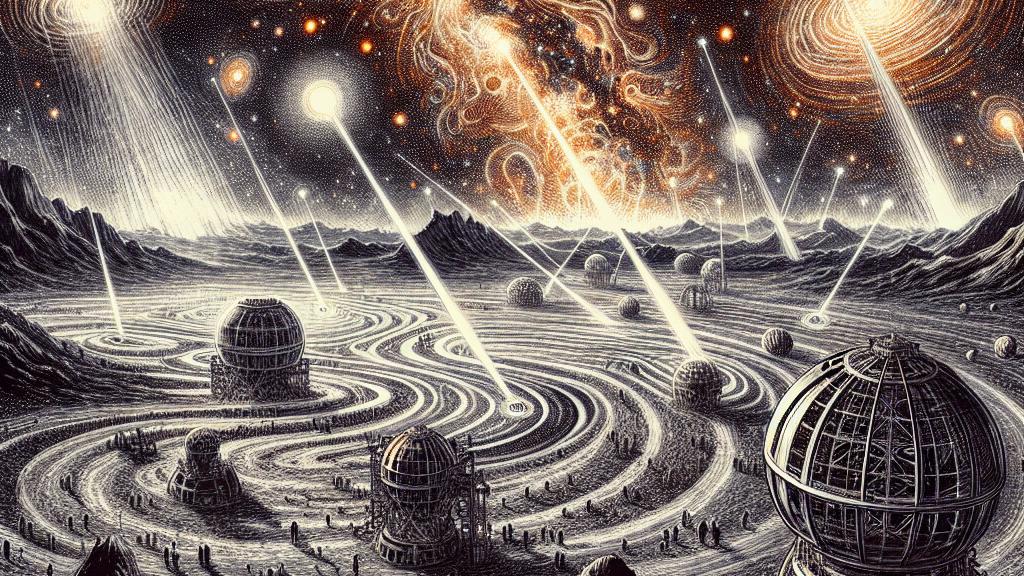Discovering How Planets Form in Extreme Environments
Overview
- Revolutionary research shows that planets can form in conditions once considered too harsh for such processes.
- Using the ALMA telescope, astronomers reveal surprising evidence of planet formation amidst intense radiation.
- These findings could completely transform our understanding of planetary systems throughout the universe.

Introduction to Planet Formation in Harsh Environments
Imagine exploring the breathtaking constellation Orion, where a team of visionary astronomers recently made a groundbreaking discovery that could reshape our understanding of the cosmos. They harnessed the extraordinary power of the Atacama Large Millimeter/submillimeter Array (ALMA) in Chile, renowned for its capability to peer into protoplanetary disks—the swirling nurseries of dust and gas critical to planetary birth. Their mind-blowing findings revealed that planets can indeed form in environments flooded with intense ultraviolet radiation, a concept that challenges the traditional views held by scientists for decades. It’s a revelation that opens up a wealth of questions about the universe!
The Discovery of Gaps and Rings
During their investigation, the ALMA team captured high-resolution images of eight protoplanetary disks within the Sigma Orionis cluster, uncovering fascinating structures like gaps and rings—signs of potential planet formation. These cosmic features are akin to beacons, hinting at the birth of new worlds. Take, for instance, one disk named SO 1274, which exhibited an astounding five distinct gaps! This suggests that multiple planets could be forming simultaneously. The findings not only breathe life into our understanding of planetary evolution but also indicate that these processes might occur in many other locations throughout the universe, igniting our imagination about what lies beyond our own solar system.
The Robust Mechanisms of Planet Formation
Leading astronomer Jane Huang passionately discussed the resilience of the mechanisms behind planet formation. Initially, the research team anticipated that the harsh conditions in the Sigma Orionis cluster would stifle planet formation, yet the evidence suggested otherwise. This revelation emphasizes how flexible and robust these formation processes are, thriving even in challenging environments. If planets can emerge amid intense radiation, it begs the question: how many other planets exist in similarly extreme conditions waiting to be discovered? The universe, with its vast mysteries, suddenly feels more like a crowded neighborhood of potential new worlds!
Implications for Understanding the Solar System
The implications of these groundbreaking discoveries extend far beyond the confines of the Sigma Orionis cluster; they reach deeply into our understanding of the very origins of our solar system. If conditions akin to those observed in Orion can forge planets, it may very well mean that our solar system shares its history with countless others scattered across the galaxy. What an exhilarating thought! As we piece together this cosmic puzzle, we might just uncover planets forming right now under conditions similar to those that shaped Earth millions of years ago. Each revelation ignites our curiosity and reinforces our desire to explore the heart of our universe, potentially discovering new worlds and, perhaps, new forms of life!

Loading...